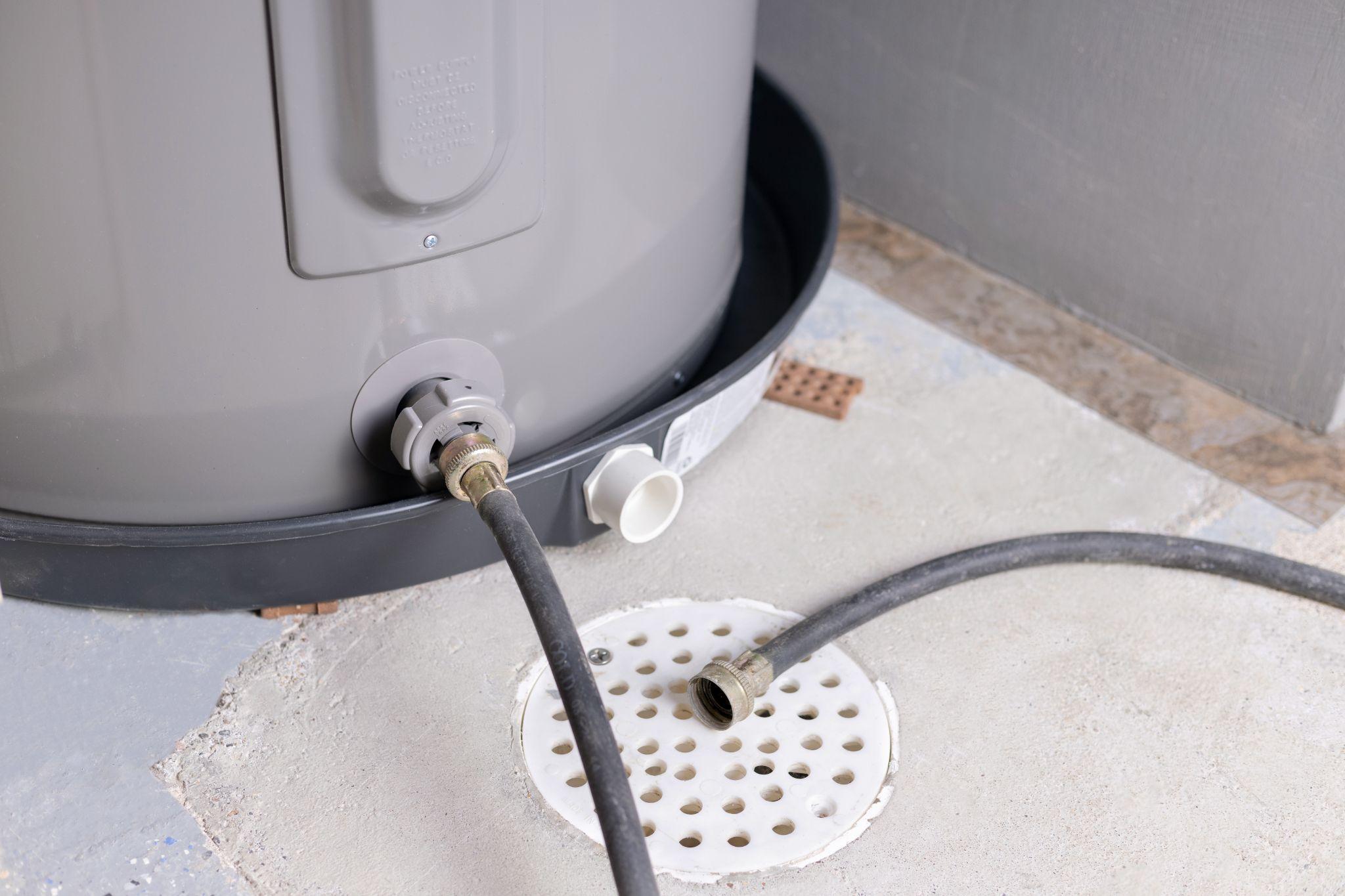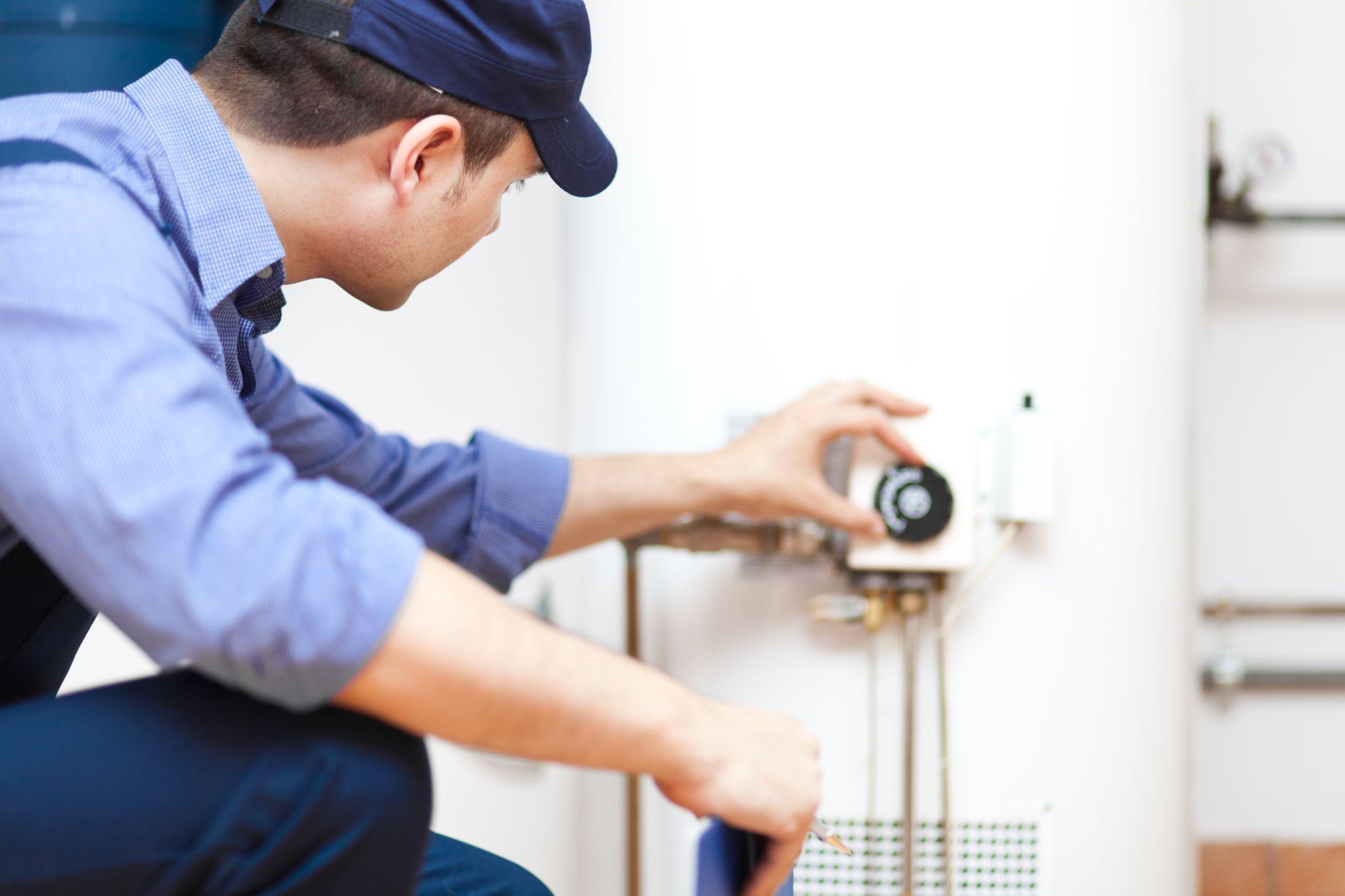LICENSED, INSURED & BONDED SINCE 1985 WITH 35 YEARS OF EXPERIENCE • (818) 483-0139
Maintaining your water heater is essential to ensuring its efficiency and longevity. Over time, sediment and debris can build up in the tank, reducing its performance and potentially leading to expensive repairs. One of the best ways to prevent these issues is to drain your water heater regularly.
What Does It Mean to Drain a Water Heater?
Draining a water heater involves removing the water stored in the tank to flush out accumulated sediment and mineral deposits. When left unchecked, they can form a thick layer at the bottom of the tank, which reduces its capacity, causes it to work harder to heat water, shortens the water heater’s lifespan, and leads to higher energy bills.
Draining and flushing out your water heater tank involves turning off the power or gas supply, attaching a hose to the drain valve, and emptying the water from the tank.
Who Needs to Drain Their Water Heater?
Every homeowner with traditional tank-style heaters needs to drain their water heaters. Even if you have a newer model, regular draining is still important. While tankless water heaters don’t need draining, they do require flushing periodically to remove sediment buildup.
How Often Should You Drain Your Water Heater?
The frequency with which you should drain your water heater depends largely on the water quality in your area and how heavily your water heater is used. As a general rule of thumb:
- For homes with hard water: Drain your water heater every six months. Hard water contains more minerals, leading to quicker sediment buildup.
- For homes with soft or treated water: Drain the water heater annually.
- Heavy vs. light use: If you use a lot of hot water, drain it every six months. Otherwise, annually is sufficient.
How to Drain Your Water Heater

Follow these steps carefully to drain your water heater safely and correctly. You’ll need a garden hose, a bucket, and a screwdriver, depending on your heater’s valve.
1. Turn Off the Water Heater
Make sure to turn off the water heater to prevent damage or injury. For electric water heaters, turn off the power at your breaker panel. For gas water heaters, turn the thermostat to the “pilot” setting, shut off the gas supply, and turn the circuit breaker off if you have one.
2. Turn Off the Water Supply
Turn off the cold water supply to the water heater. You can typically find the cold water supply valve located at the top of the heater.
3. Let the Water Cool
The water inside the tank can be extremely hot and cause burns. Wait at least an hour or two, or run water from a hot water tap until it is cool.
4. Attach a Hose to the Drain Valve
Locate the drain valve on your water heater, which is typically located near the bottom of the unit. Attach a garden hose to the drain valve, and run the hose to a floor drain or outside. If you have no option to drain it outside, use a bucket to drain the water.
5. Open the Pressure Relief Valve
Open the pressure relief valve, which is usually located on the side of the heater near the top. Opening this valve will allow air into the tank, which helps the water drain out more quickly.
6. Open the Drain Valve
Open the drain valve and allow all the water to flow out of the tank. This could take up to an hour, depending on the size of your tank.
7. Flush the Tank
After the tank has drained, you can flush it to remove any remaining sediment buildup. Turn on the cold water supply to the tank to wash out any leftover debris. Let the water flow out through the hose until it runs clear. Turn off the cold water supply.
8. Check the Heating Elements
If you have an electric water heater, remove and check the heating elements for signs of corrosion. Replace them if necessary before refilling the tank.
9. Close the Valves and Refill the Tank
Close the drain valve, remove the hose, close the pressure relief valve, and turn on the cold water supply to refill the tank. Once the tank is full, check for leaks around the drain and pressure relief valves. Lastly, turn the water heater back on by flipping the breaker or reigniting the gas supply.
Get Help With Water Heater Draining and Flushing
Need help draining and flushing your water heater or handling other plumbing maintenance? Contact Lynch Plumbing, your trusted local plumbing experts. We provide reliable, affordable, and efficient residential plumbing services for Los Angeles, Ventura County, and the San Fernando Valley area.






